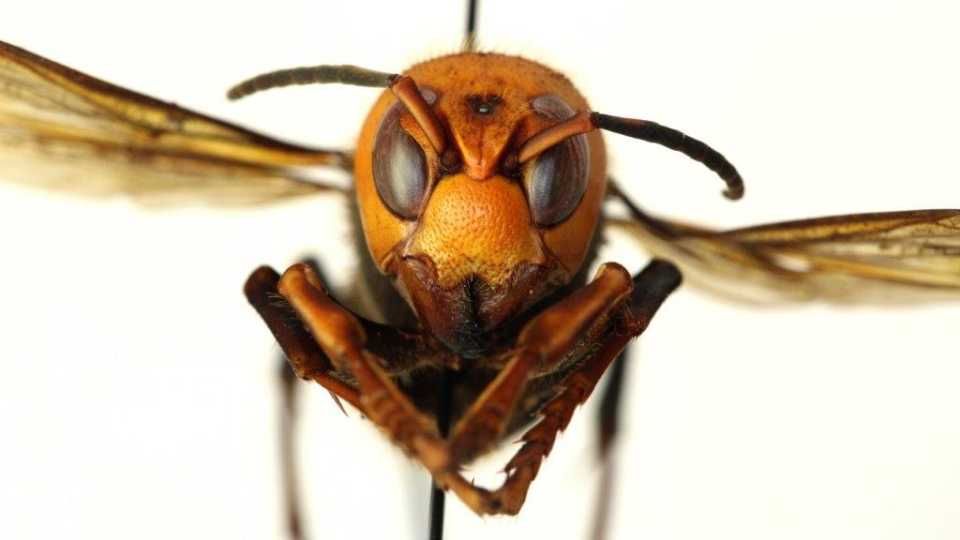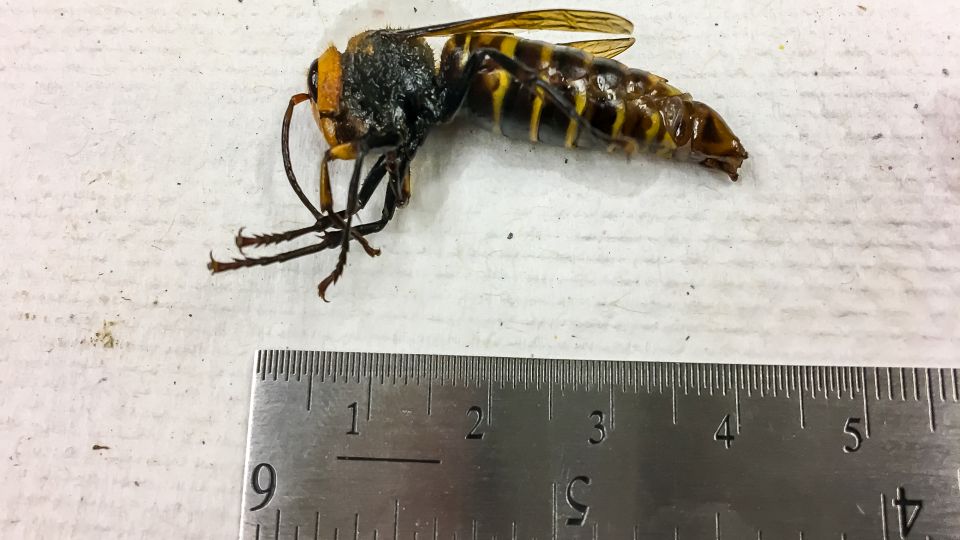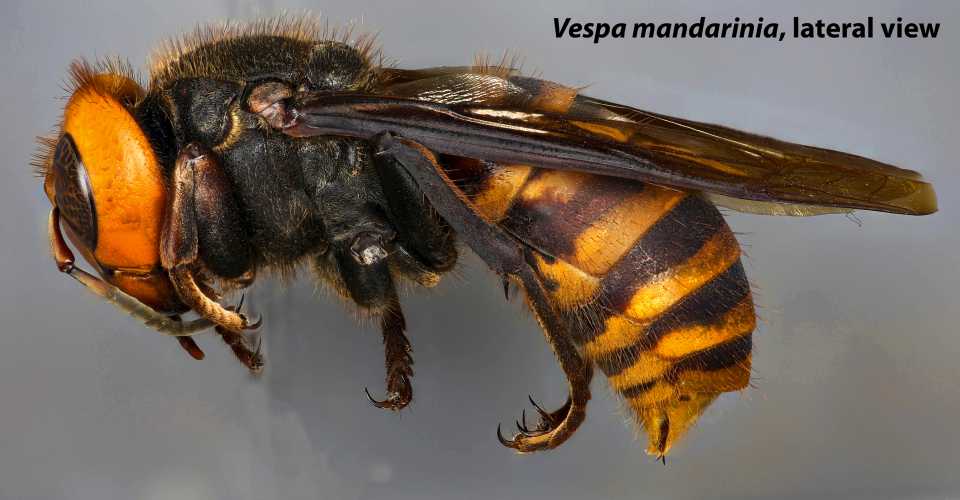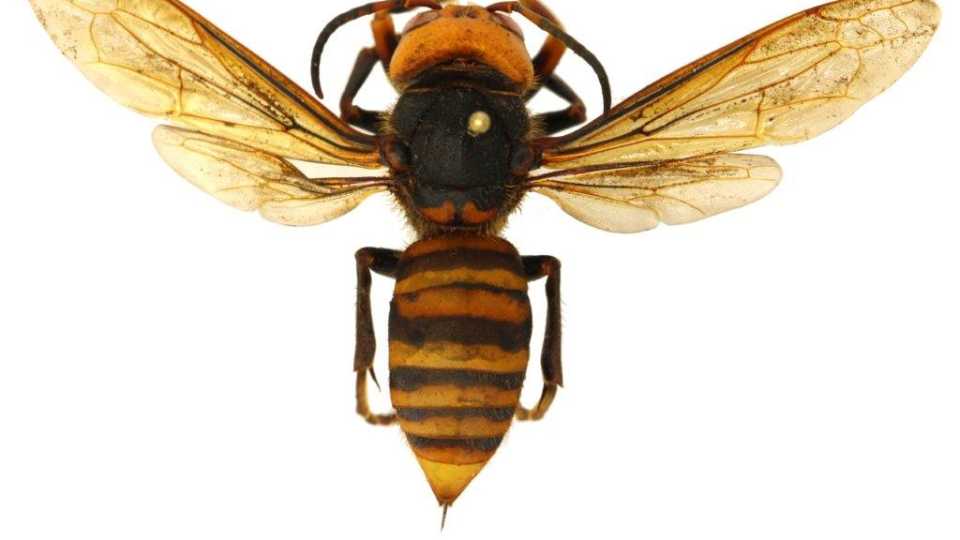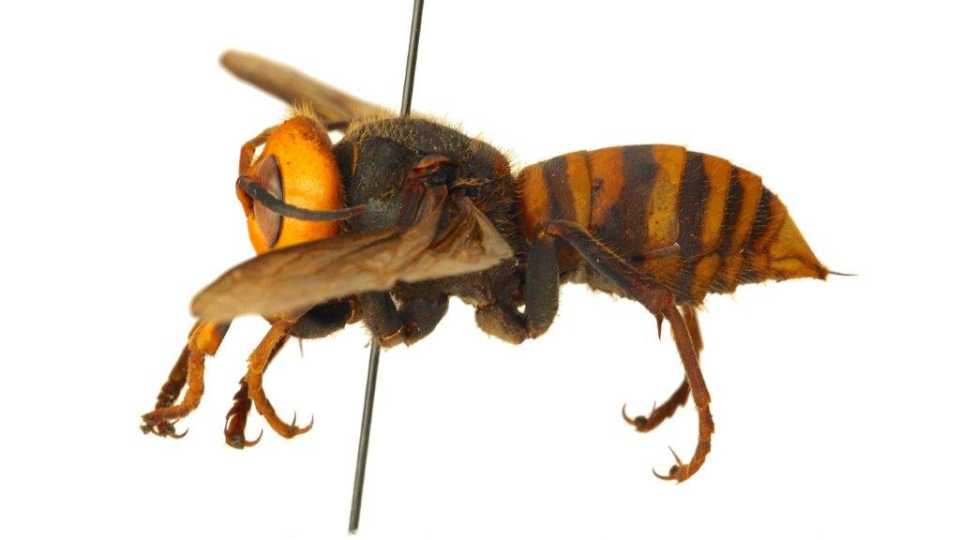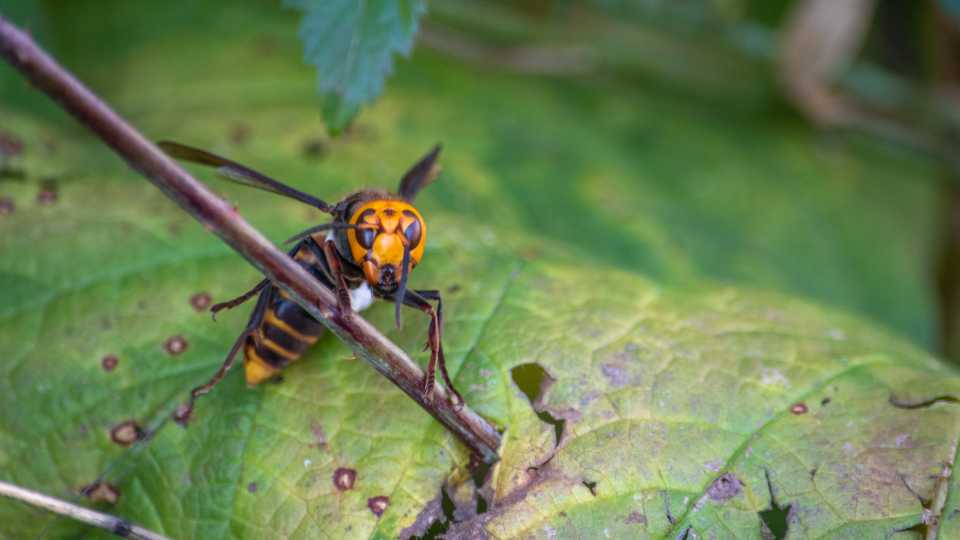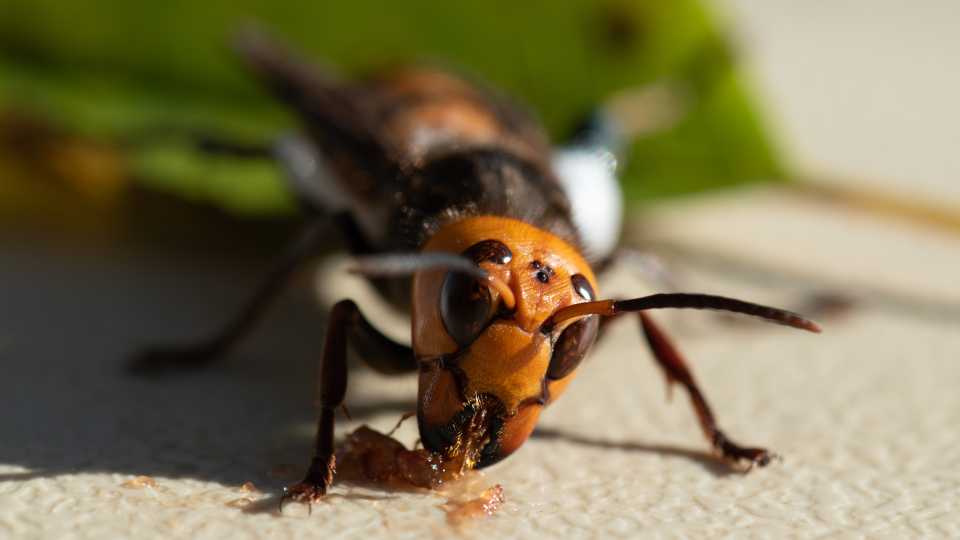Is the ‘Murder Hornet’ More Hype than Horror?
Competing for headlines in the age of coronavirus is no easy feat. Google searches about the novel virus have dominated. That was until last week when the term “murder hornet” was introduced to the masses. The first reported sightings of the Asian giant hornet (Vespa mandarinia) in North America has piqued interest and stirred angst for those who care for pollinators. Several bug experts though warn not to get stung by sensationalism.
Let’s take a look from a scientific point of view. As of right now, there are no Asian giant hornets known to be living in the U.S. or Canada, according to University of California, Riverside Entomology Research Museum Senior Scientist Douglas Yanega.
Beekeepers in Canada reached out to Yanega after a colony of the giant hornets — the world’s largest species at 2 inches-plus — was discovered in Nanaimo on Vancouver Island in Sept. 2019.
This was the first sighting of the hornet in North America, and authorities there eradicated that nest. “There have not been any sightings in 2020 that would suggest the eradication attempt was unsuccessful,” Yanega adds.
Soon thereafter, a resident in Blaine, WA (about 50 miles from Nanaimo), reported two additional Asian giant hornet sightings in December. The Washington State Department of Agriculture collected one of these hornets, which was dead. The other reportedly flew into a nearby forest.
Recent tests confirmed the dead hornet was not genetically related to the eradicated Nanaimo nest, Yanega points out.
“The fact the second hornet turned out to be genetically different somewhat raises the odds that there could be more of them.”
Meghan Milbrath of Michigan State University (MSU) Extension concurs, saying likeliness of the world’s largest hornet with a menacing nickname coming for you are next to nil. “The identification of a few individual insects is not evidence of an invasion. Rather, it is evidence that our invasive species monitoring systems are functioning. Invasive insects and plants are constantly coming in to our country through shipping, travel and transport, which is why we have the USDA Animal and Plant Health Inspection Service,” she writes in a recently published blog on the subject.
So, is there any real reason for panic? Milbrath says no. “This insect is very unlikely to show up in Michigan and be a major risk to humans or our honey bees,” she writes. “While it is theoretically possible these insects could become established on the continent, there is no evidence it will happen.”
What’s actually scarier to Milbrath and her colleagues are people who might take matters into their own hands out of fear and mistaken identity. “In the aftermath of the recent viral articles, many of us in the Department of Entomology at MSU have heard stories of people killing large black and yellow insects, including native bees and important beneficial insects like parasitic wasps,” she notes.
Experts agree, if you do find an insect that needs identification, contact your local Extension office and/or Division of Plant Industry. For the love of agriculture, this practice would be and is much appreciated. We need all the pollinators we can get.




